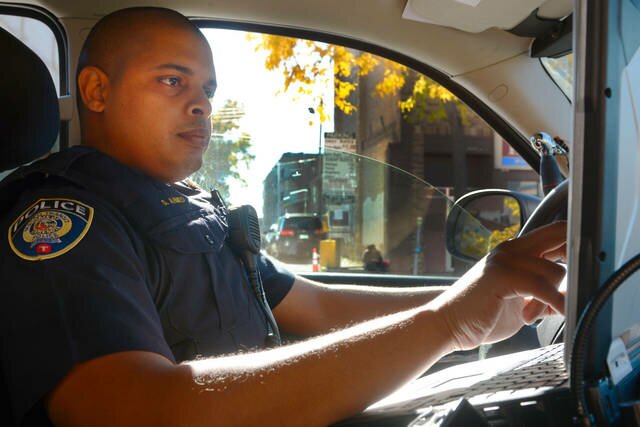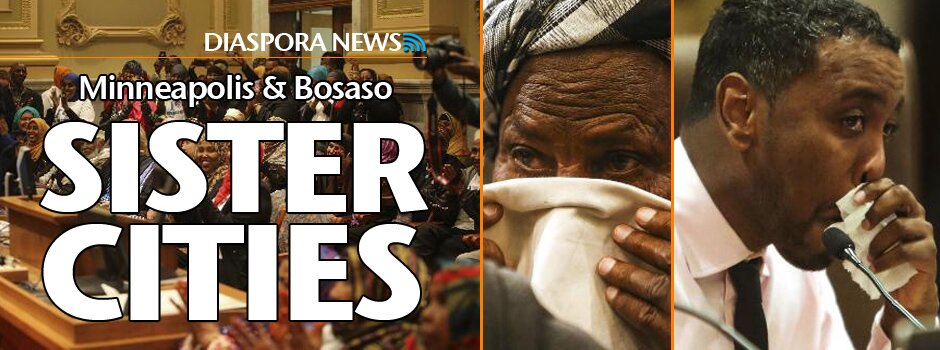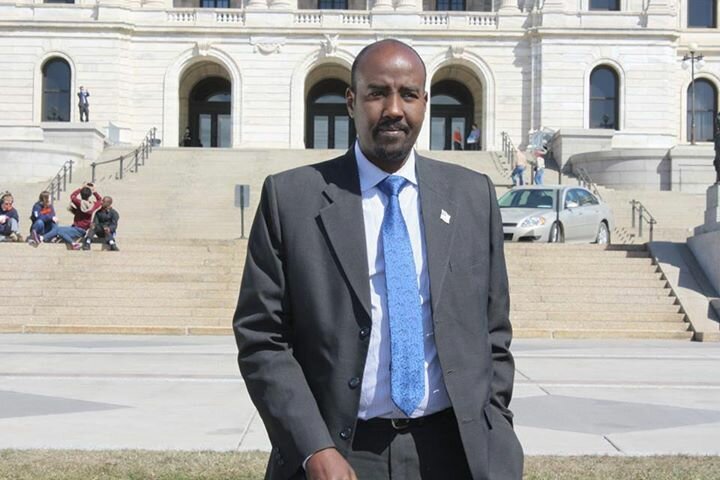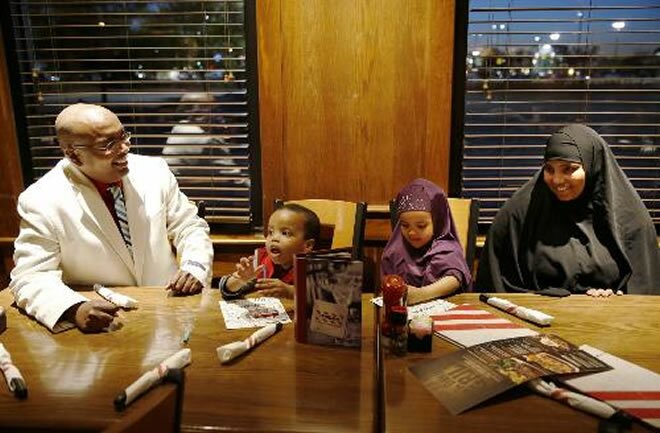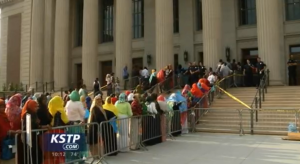Somali girls: Caught between two worlds
Bartamaha (Minnesota):- When Mohamed Barre heard the disturbing news about prostitution involving gangs and young Somali girls, his thoughts quickly turned to his daughters.
“They are lovely, American,” he said softly of the 5-year-old twins, just starting to venture out into the world. “I’m really so worried.”
Prostitution is a worst-case scenario. But in the wake of federal charges against 29 people accused of selling underage girls for sex, Somali parents and youth workers are getting more worried about the pressures facing girls.
Already fighting an internal war to hold on to their cultural identity in a new country, they can face situations at home far more tense than the usual mother-daughter conflicts. Some arrived here without their mothers but in the care of aunts, cousins and older sisters. Some resent the control of their surrogate parents. Others are treated more like servants than daughters. Programs to support Somali girls are so scarce that once away from home, they can quickly find trouble.
“This issue is bigger than that case,” said Abdirahman Mukhtar, youth program manager at the Brian Coyle Community Center. “It’s a youth crisis within the new immigrants.”
Minnesota is home to an estimated 70,000 Somalis — the largest Somali concentration in the country.
Generally speaking, Somali girls growing up in America are thriving. In the culture, parents often take a more protective attitude toward girls, believing that their reputation upholds the dignity of the family.
“Mothers and fathers keep more of an eye on them than the boys. It means most of them turn out well,” said Saeed Fahia, executive director of the Confederation of Somali Community in Minnesota, who noted the large number of girls graduating from high school and attending college. “This parent obsession of preserving the purity of their daughters and the well-being of their daughters helps a lot.”
But some girls aren’t handling the pressures as well.
Caught between two worlds, they rebel against their household rules. Some cut classes and fall behind in school. Others stay out late, smoking pot and drinking alcohol. All too often, some girls run away.
With no place to stay, they are easy prey for gang members and others willing to give them shelter. The federal case involves young girls who ran away and allegedly were forced into prostitution.
Family secret
Hidden behind many mother-daughter rifts is a family secret dating back to their escape from Somalia’s civil war: A girl’s “mother” is often not her biological mom.
She may be an aunt or an older sister or a cousin.
As the girls come of age, they resent the strict rules set down by the mother figure and fights ensue.
“A lot of people came to this country with distant relatives,” Fahia said. “The kids are not with their proper family. They rebel against their distant family and they might turn to these other young men and women to have that kind of support.”
In other cases, the girls are not so much rebelling as escaping. Forced to cook, clean and baby-sit while their friends go to football games or to the mall, they run away.
Lives come undone
Fartun Ahmed, 20, has heard their stories.
The youth director at a local mosque, she was recently approached by a high school counselor about mentoring troubled Somali-American girls.
“She said, ‘I’m having a big problem. I’m dealing with Somali girls who are running away, Somali girls who are not wanting to go to their houses. Somali girls whose parents won’t let them stay after school,’” Ahmed said.
“She was saying the parents are forcing them to leave because they’re basically house maids.”
The counselor told her the girls confided that they were not living with their real parents.
It made Ahmed think of one of her dear childhood friends whose life spiraled downward.
When the girl first arrived in America, she was an elementary school kid dressed like an older, married Somali woman — her body cloaked in an oversized hijab.
She lived with her much older sister, who controlled the girl’s every move, Ahmed said. The girl would have to come home from school and take care of her sister’s five children. When Ahmed would call the house asking to speak with her friend, the sister would swear into the phone and hang up.
When the girl became a teenager, she started to run away and went down a bad road. She slept at different guys’ houses. She started wearing revealing clothes that were indecent by anyone’s standards, Ahmed said. By the 10th grade, the girl was failing her classes.
“Being in that kind of life had such a bad impact on her,” Ahmed said.
A Somali teen who did not want to be named said she’s known several friends who have run away, including one who came to stay with her until she resolved the issues with her mom. Although she is a college-bound high school senior and says she has a good relationship with her own mother, she can relate to the pressures that drive girls to bolt.
Her own mother expects her to be home by 9 p.m. and used to think her after-school activities were a waste of time.
Once they got into an argument and her mother told her to get out.
“Fine, I’ll leave,” said the girl.
She headed to an aunt’s house nearby and stayed there for two days before the two made peace and the girl returned.
Lacking youth programs
To Fatimah Hussein, the problems Somali girls face are a reflection of a larger issue — a lack of programs for Somali youth, and especially for girls.
“The problem is there are no activities for the girls,” said Hussein, the youth and girls program coordinator for the Confederation of Somali Community in Minnesota.
Although as many as 40 percent of the 70,000 Somalis living in Minnesota are 18 years old or younger, there are only a handful of programs for girls, she said.
She takes a group of young women living in the Cedar-Riverside neighborhood of Minneapolis to a nearby gym to play basketball a couple nights a week. A graduate student at St. Mary’s University, she also runs an after-school tutoring program.
Hussein dreams of a day when she can add a safe zone or a shelter for Somali girls who are having problems at home. It would be a place where they could just chill for a while, free from the judgment of others.
“Girls who are in the most danger are the ones who run away,” she said.
Hussein grew up under the watchful eye of a father who would show up at her school without warning to check up on her and her sister. She said that she could always talk to her parents about issues.
Parents and teens often clash because parents are clinging to old ways of raising children, she said. They need to develop new skills to communicate with their children.
“Instead of just telling the kids this is wrong, they need to ask them how was school and learn to talk to them,” she said.
Stories of girls running away from home are known in the community, but the allegations of prostitution with underage girls have left many shaken.
“No one ever thought that things like this could happen,” Barre said, his thoughts returning to his daughters. “I hope I live long enough … until they can say, ‘Yes, Daddy, from now on we can defend ourselves. You taught us what’s good and bad, and you protected us, and now we continue.’”
========================
Source: StarTribune
Comments
comments
 Calendar
Calendar








